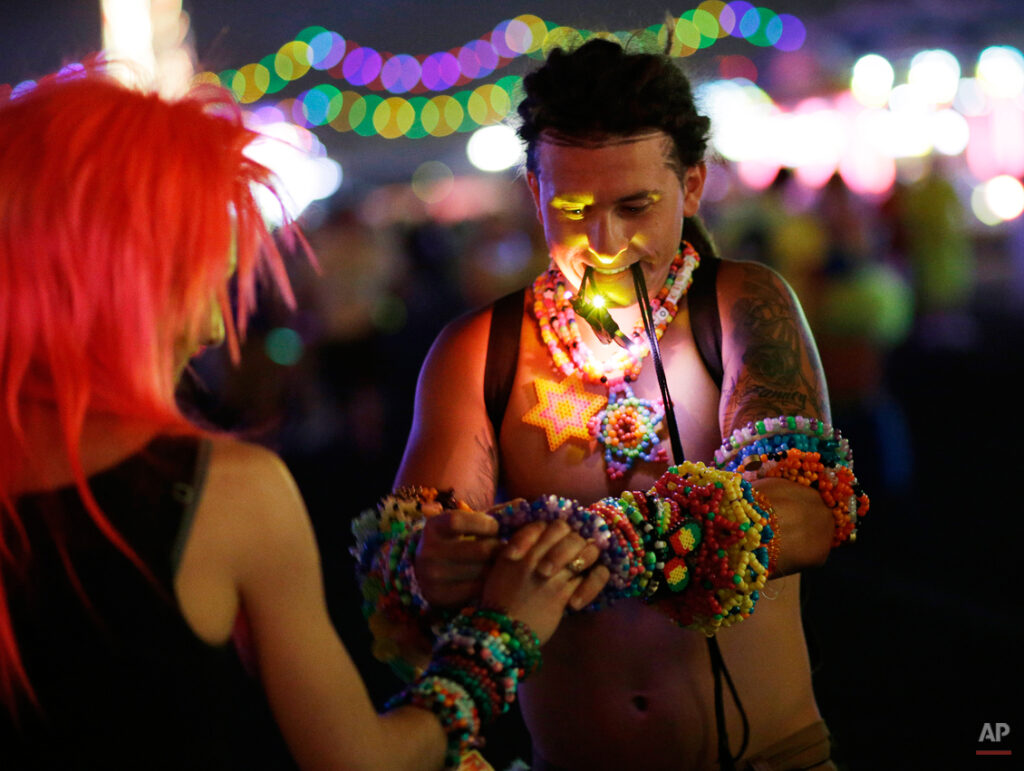The topic of Dance music culture is incredibly wide and rich in content. This article is the start of a blog series exploring and touching on different point of this Dance culture, ranging from history, geographic differences, external influences and even the consequences of drug presence.
Firstly, the most apparent difference between Europe and the States is in which genres are popular within Dance Music. In Europe, techno, trance, Drum and Bass, and House are way more popular, while in the States, the most popular genres are Future Bass, Dubstep and Trap.

Privacy is taken way more seriously in European clubs. I remember from my own experiences (excluding Ibiza) having to sneakily take photos or videos, because camera use was not allowed in a lot of the clubs I visited.

There is a bigger segregation present in the US Clubs. VIP areas are always quite nice and big. Meanwhile, this is much less common in Europe and personally I prefer this type of experience. Money should not be the determining factor of how good a clubbing experience is. The reason for VIP segregation is that there is an obsession with celebrities in the US, while in Europe, people are more down to Earth and do not give so much significance to famous people.
Another significant difference is how hard Europeans “throw it down” in clubs. A lot of the clubs accross Europe are open 24/7 on the weekends (sometimes even workdays) and there is a party going on non-stop. It isn;t uncommon to hear stories of people being in raves for 36 hours straight. most I could handle is 24 hours back home in Bosnia! Meanwhile, most official venues have to close until 4:30 a.m. in the States.
Finally, there is a different in how people dress up, especially in club atmosphere. In the US, one can find numerous ravers dressed in crazy clothing, wigs, etc. In Europe, the most popular clubbing attire is “all black”, which is sort of the unspoken suit of the Techno scene. When it comes to festivals, one specific accessory- Kandi bracelet exchanges are extremely popular in the States and signifiy the PLUR movement, which is a huge part of rave culture. However, these bracelets cannot be found in most European festivals. In general, any type of exchange of items is way more common in the states.
